When you think of STEM, often people do not think of picture books. Books are often associated with reading, English, social studies, and history, but they can be incredibly useful in science lessons. Picture books are great for students of all ages from pre-K to high school. Even college textbooks have images and diagrams! Students love being read to. So many picture books are full of information that students of all ages can relate to and understand. Science picture books are full of images that help students understand complex topics, and portray information in a way that is easy to understand. They can also introduce students to words and ideas that are unfamiliar, and are overall just fun!
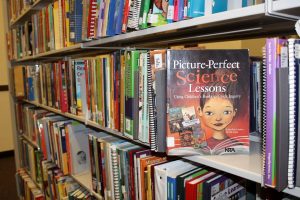
Images Can Help to Introduce Complex Ideas
A lot of science topics contain complex concepts that are being introduced to students for the first time. Oftentimes, these ideas can be very confusing. Showing them through imagery can make the concepts easier for students to understand. A lot of science is also very vocabulary-based, and picture books can help to explain the different vocabulary words better than a dictionary could. Picture books are a great tool that can be used to help teachers make their lessons more interesting and better to understand for the students.
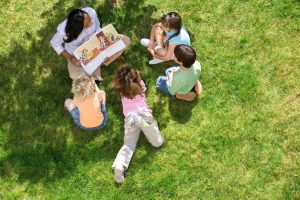
![]()
Picture Books Speak to Different Learning Styles
Students learn and gather information in all different ways, so we need to accommodate all the learning styles of all students. By being read to, students who learn more in an auditory setting can gather knowledge about science through picture books in a new way versus reading it in a textbook or workbook. Additionally, students who are more visual learners can benefit from images and diagrams than text alone. What is a better way to accomplish appealing to different learning styles than by utilizing picture books that are fun and informative to learn about science?
Diagrams Can Help Show Science Processes
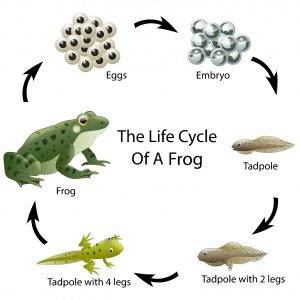
In science, there are several different processes that are predictable like the lifecycles of animals, the water cycle, or even star formation in space. Diagrams of these process can help students gather science knowledge in a more palatable and memorable way.
This upcoming school year, I challenge you to at least try to read one science picture book in your class just to see how your students respond. Not only will students gather knowledge, but you will be making connections with your students by reading to them. You are building those vital relationships just by reading and making scientific connections with you students, how amazing is that?
Not sure where to start? Check out a few of my favorite authors and titles!
Top five favorite science picture books that you can start with:
- Earth! My First 4.54 Billion Years by Stacy McAnulty
- Over and Under the Pond by Kate Messner
- Shark Lady: The True Story of How Eugenie Clark Became the Ocean’s Most Fearless Scientist by Jess Keating
- A Rock is Lively by Dianna Aston
- Coral Reefs: A Journey Through an Aquatic World Full of Wonder by Jason Chin

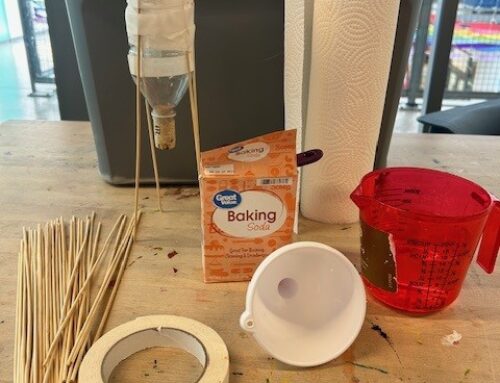
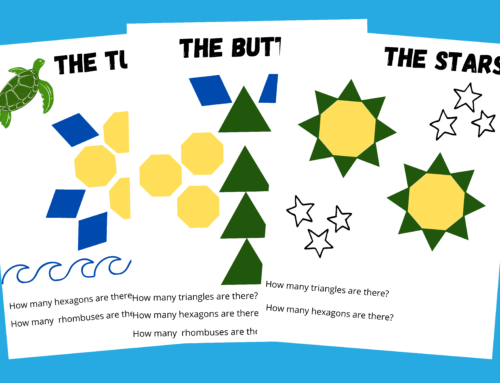




Leave A Comment